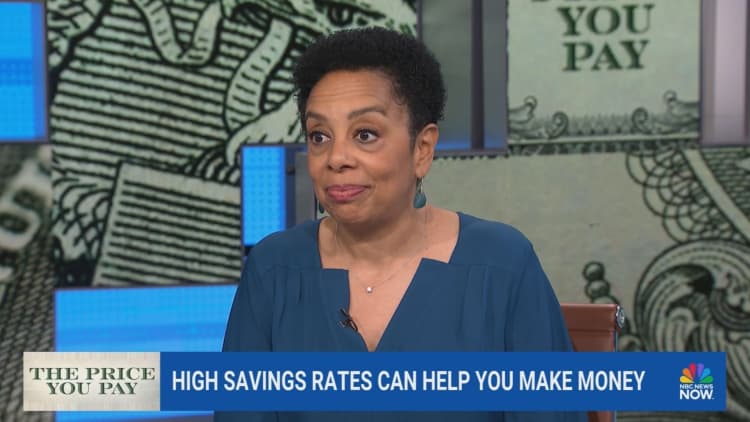Noam Galai / Noamgalai.com | Moment | Getty Images
Roth individual retirement account conversions are up in 2024 — but there are key things to know before converting funds, experts say.
There was a 44% year-over-year increase in the number of Roth conversions during the first quarter of 2024, according to data from Fidelity Investments.
Roth conversions transfer pretax or nondeductible individual retirement account funds to a Roth IRA, which provides future tax-free growth.
However, “it isn’t a slam dunk for everyone” because it takes time for tax-free growth to exceed your upfront tax bill, said Marianela Collado, a certified financial planner and CEO of Tobias Financial Advisors in Plantation, Florida.
More from Personal Finance:
Here’s why you may be saving more in your 401(k) — and not even know it
You could score a tax break for hiring your own kids this summer — if you follow the rules
Cash discounts, while still rare, are up over 60% from 2015. Here’s how much you can save
Investors need “sufficient assets” outside of retirement accounts to cover the upfront tax bill, warned Collado, who is also a certified public accountant.
You’ll also need to weigh how the additional income during the year of the conversion impacts eligibility for certain tax breaks. Higher earnings can also trigger income-related monthly adjustment amounts, or IRMAA, for Medicare Part B and Part D premiums down the line. (IRMAAs for a given year are typically determined based on your tax return from two years prior.)
Of course, the tax consequences hinge on how much you convert and your tax brackets for the year.
The best time for a Roth conversion
Despite the upfront tax bill, strategic Roth conversions can significantly reduce lifetime taxes or help with legacy goals, said Ashton Lawrence, CFP and director at Mariner Wealth Advisors in Greenville, South Carolina.
Typically, Roth conversions are attractive during a stock market pullback because you can convert more shares and “you’ll have more tax-free growth on the bounce back up,” Lawrence said.
Roth conversions are also more popular during lower-income years because you’ll owe less upfront taxes on the converted balance. Key opportunities could include after a job layoff or early in retirement before you claim Social Security and start taking so-called required minimum distributions, or RMDs.
Since Congress eliminated the stretch IRA, more investors are eyeing Roth conversions for legacy planning. Since 2020, certain heirs must empty inherited IRAs within a 10-year window, which could mean hefty taxes during “peak earning years,” Lawrence said.
“Nobody likes paying taxes if they don’t need to,” he added.
Older investors can minimize the ‘tax time bomb’
Many baby boomers have a sizable pretax retirement balance because after-tax Roth accounts weren’t available early in their careers, experts say.
In some cases, Roth conversions can help avoid the “tax time bomb” once investors reach the RMD age, according to CFP Wes Battle with Financial Advantage Associates in Rockville, Maryland.
“Roth conversions are great for multiple reasons,” including tax diversification, possible lower RMDs and inheritance planning, he said.
Some investors also aim to leverage conversions now while there are lower tax brackets. Higher individual tax brackets are scheduled after 2025 once provisions sunset from former President Donald Trump’s 2017 tax overhaul. However, the future of those tax breaks is unclear with pending control of the White House and Congress.
Credit: Source link




